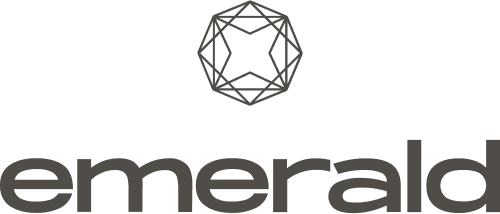Real estate development isn’t just about construction — it’s about building a product.
If you want to create something that stands out in a saturated market, attracts investors, and actually sells — you need more than a piece of land and a nice rendering.
If you want to create something that stands out in a saturated market, attracts investors, and actually sells — you need more than a piece of land and a nice rendering.
Developer’s Checklist: How to Create Real Estate Projects That Sell Themselves
This checklist is based on real experience — the kind that comes with seeing what works, what fails, and what no one talks about until it’s too late.

1. Start with the Product Hypothesis
- What are you building, and who is it for?
- Identify the target buyer, their budget, needs, and behavior.
- Define your project’s unique value proposition.
- Think in terms of product-market fit, not just beautiful design.
2. Get Your Legal Foundation Right
- Title checks, land certificates (HGB, HGU, Freehold, Leasehold).
- Legal status of the developer or landowner.
- Pre-sales legality: can you sell off-plan? Under what structure?
- For foreign buyers: ownership model, tax implications.
3. Architecture Follows the Product — Not the Other Way Around
- Collaborate with your architect, but lead the product vision.
- Unit mix, zoning, amenities — all must align with the market.
- Think from the perspective of ROI, usability, and resale value.
4. Build a Financial Model — Not a Fantasy
- Include land, design, construction, legal, marketing, taxes.
- Cash flow timeline — when exactly are funds needed?
- Sales stages and payment structures.
- Risk modeling: delays, budget increases, market shifts.
5. Branding & Positioning — Before Sales Start
- Your project needs a name, a voice, and a visual identity.
- Create a moodboard, logo, brandbook, and clear messaging.
- This isn’t just for aesthetics — it builds trust and clarity for buyers and agents.
5. Branding & Positioning — Before Sales Start
- Your project needs a name, a voice, and a visual identity.
- Create a moodboard, logo, brandbook, and clear messaging.
- This isn’t just for aesthetics — it builds trust and clarity for buyers and agents.
6. Prepare All Sales Materials Early
- High-quality 3D visuals, floor plans, brochures, video.
- Landing page or website with strong UX and CTAs.
- Copywriting: clear investment logic, emotional storytelling, key selling points.
- CRM and tracking systems in place (UTMs, lead forms, analytics).
7. Build the Right Team
- Architect, contractor, legal advisor, sales team, project manager.
- Property management company (if relevant).
- Marketing team or agency with dev experience.
- Sales agents — onboard early with clear commission structure.
8. Sales & Communication Process
- Is your team trained to handle objections and close?
- Are scripts, pricing logic, sales decks ready?
- Are contracts legal and ready for signature?
- Have agents received full onboarding?
9. After-Sales Support & Handover
- Client onboarding and post-purchase communication.
- Timeline of handover and inspection protocols.
- Rental program or resale support?
- Brand consistency in after-sales experience.
Final Thought
Development is a system — not a sequence of guesses.
Start with strategy. Think like a brand. Execute like a product company.
Want your next project to sell itself?
Start with this checklist — and make sure every stage aligns with value creation, not just cost minimization.
Start with strategy. Think like a brand. Execute like a product company.
Want your next project to sell itself?
Start with this checklist — and make sure every stage aligns with value creation, not just cost minimization.
16 JUNE
Author: Kirill Hudyakov
© All Rights Reserved.
hello@emeraldrealty.pro
Emerald Realty Co
2025
hello@emeraldrealty.pro
Emerald Realty Co
2025

